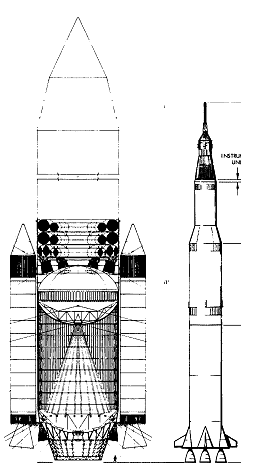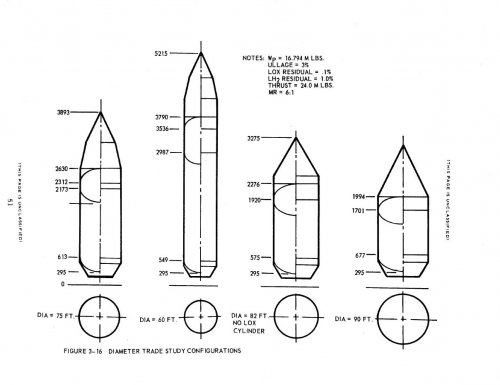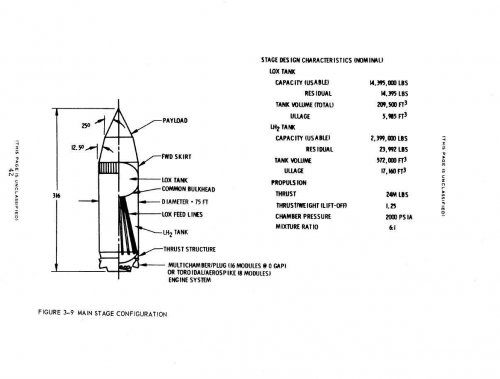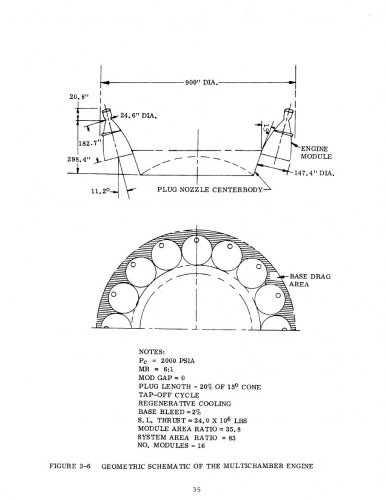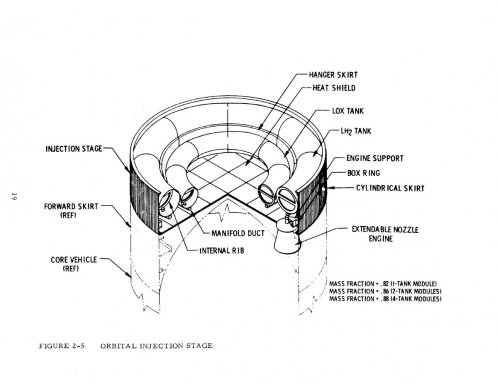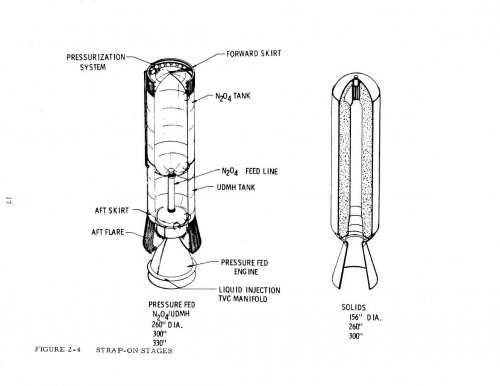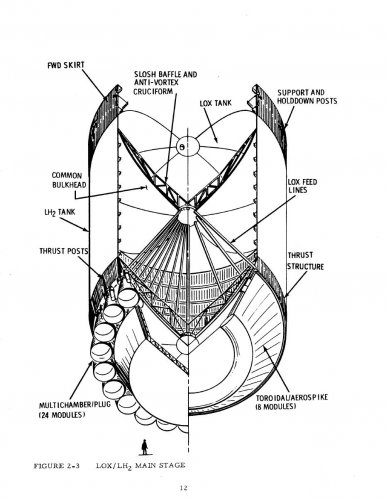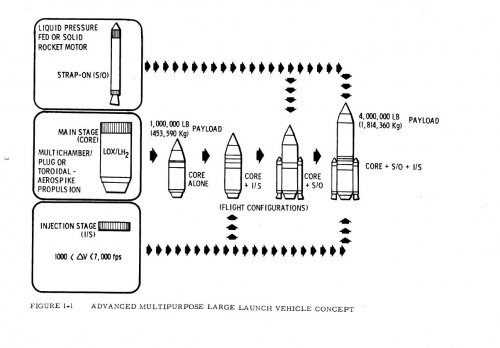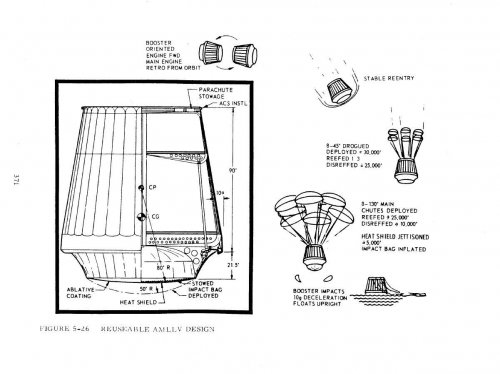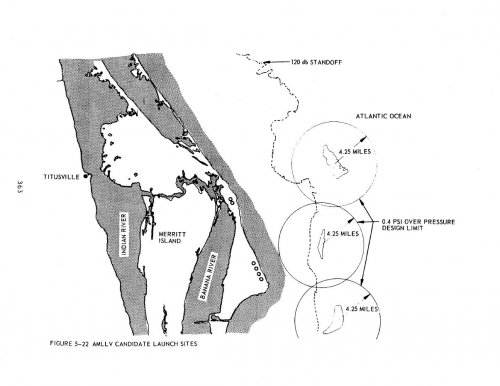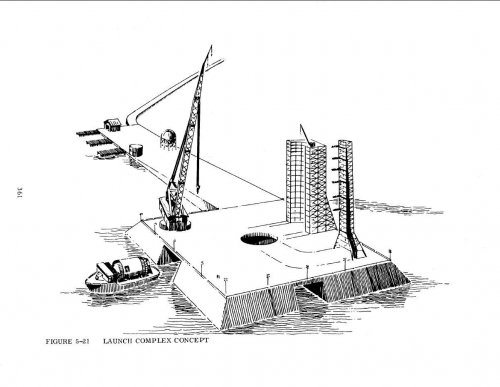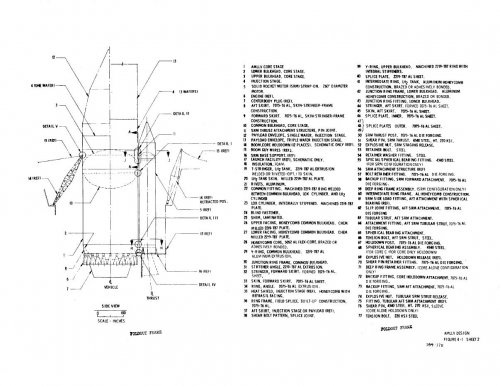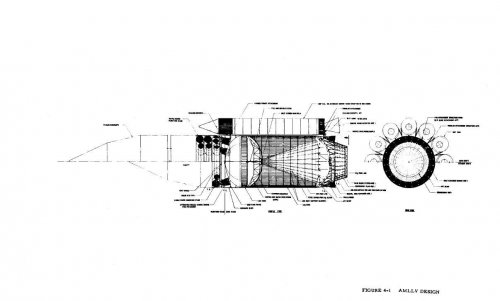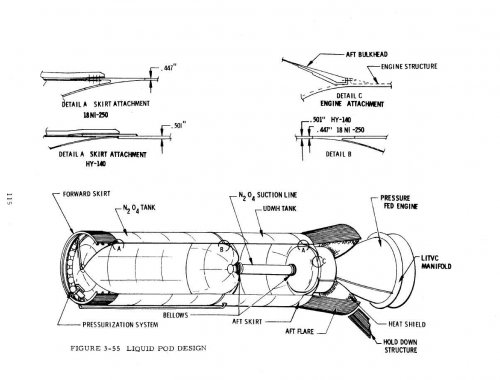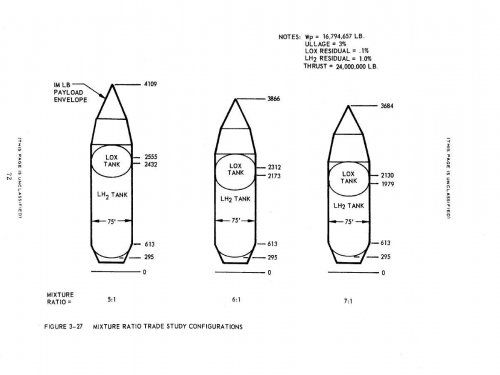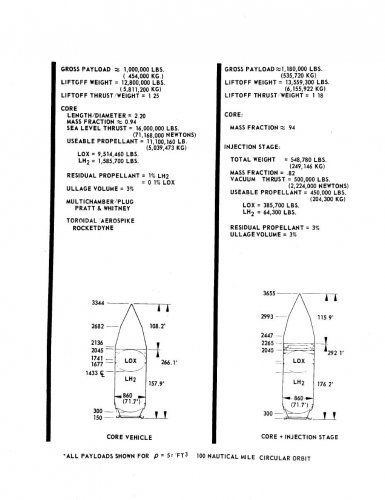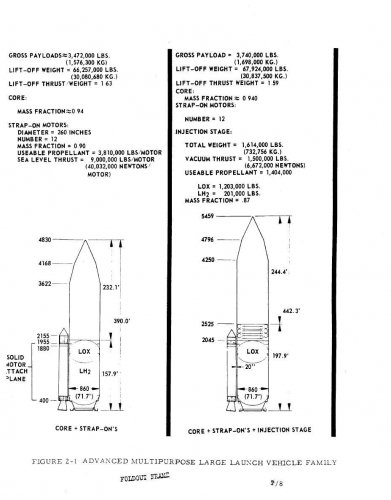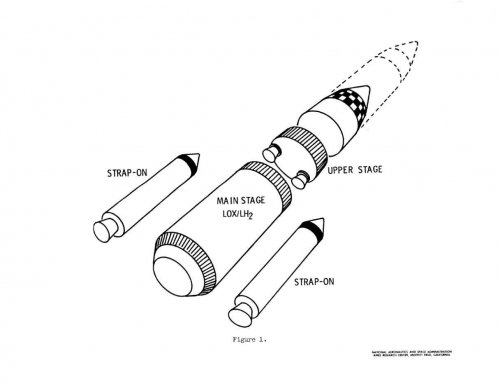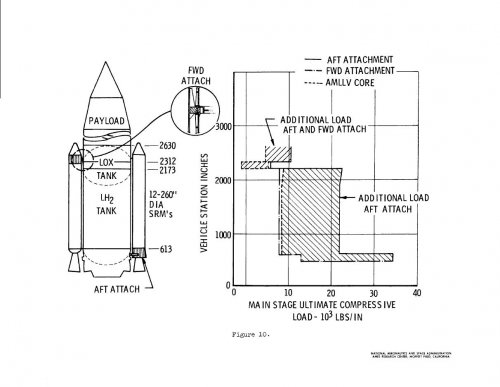Here More Links from NTSR
Cost Studies of Multipurpose Large Launch Vehicles:
Volume One: Summary
http://ntrs.nasa.gov/archive/nasa/casi.ntrs.nasa.gov/19690030191_1969030191.pdf
Volume Two: Half size (MLLV) Conceptual Design
http://ntrs.nasa.gov/archive/nasa/casi.ntrs.nasa.gov/19690030192_1969030192.pdf
Volume Three: Resource Implication
http://ntrs.nasa.gov/archive/nasa/casi.ntrs.nasa.gov/19690030193_1969030193.pdf
Volume Four: Baseline AMLLV Cost
Volume Five: Baseline MLLV Cost
Volume Six: Cost implications of Vehicle Size
http://ntrs.nasa.gov/archive/nasa/casi.ntrs.nasa.gov/19690030194_1969030194.pdf
Volume Seven: Advanced Technology Implication
http://ntrs.nasa.gov/archive/nasa/casi.ntrs.nasa.gov/19690030195_1969030195.pdf
Volume Eight: uncassified Appendices
http://ntrs.nasa.gov/archive/nasa/casi.ntrs.nasa.gov/19700001226_1970001226.pdf
Volume Nine: Propulsion Data and Trajectories (Classifed Appendices)
Study of advanced multipurpose large launch vehicles:
http://ntrs.nasa.gov/archive/nasa/casi.ntrs.nasa.gov/19750069565_1975069565.pdf
also (Parts of Volume Five?)
Baseline MLLV costs - Get ready or A costs, book A Final report - Document ID: 19700001823
Baseline MLLV costs - Developmental or B costs, book B Final report - Document ID: 19700001824
Baseline MLLV costs - Operational or C costs, book C Final report - Document ID: 19700001825
Nik said:
Wow, that's a BIG booger !!
there studied two size: A(dvance)MLLV and half size MLLV
all Payload in 100 n.m. 185,2 km orbit
AMLLV standard size: 266 ft x 71.6 ft ø / 81 meter x 21,8 meter ø
1.0 million lbs / 453592,0 kg
MLLV standard size: 220 ft x 56.6 ft ø / 67 meter x 17,2 meter ø
471000 lbs / 213642 kg

